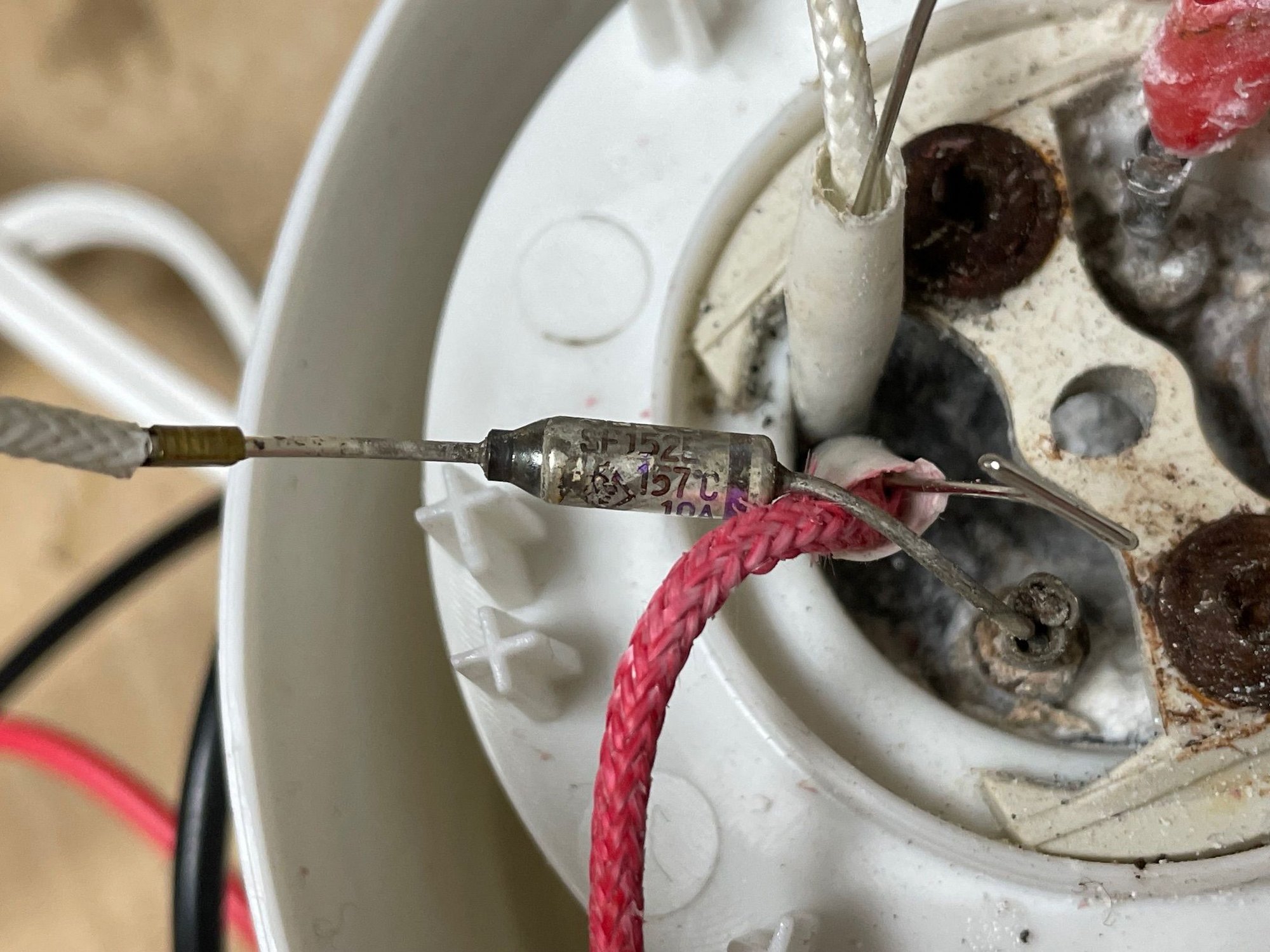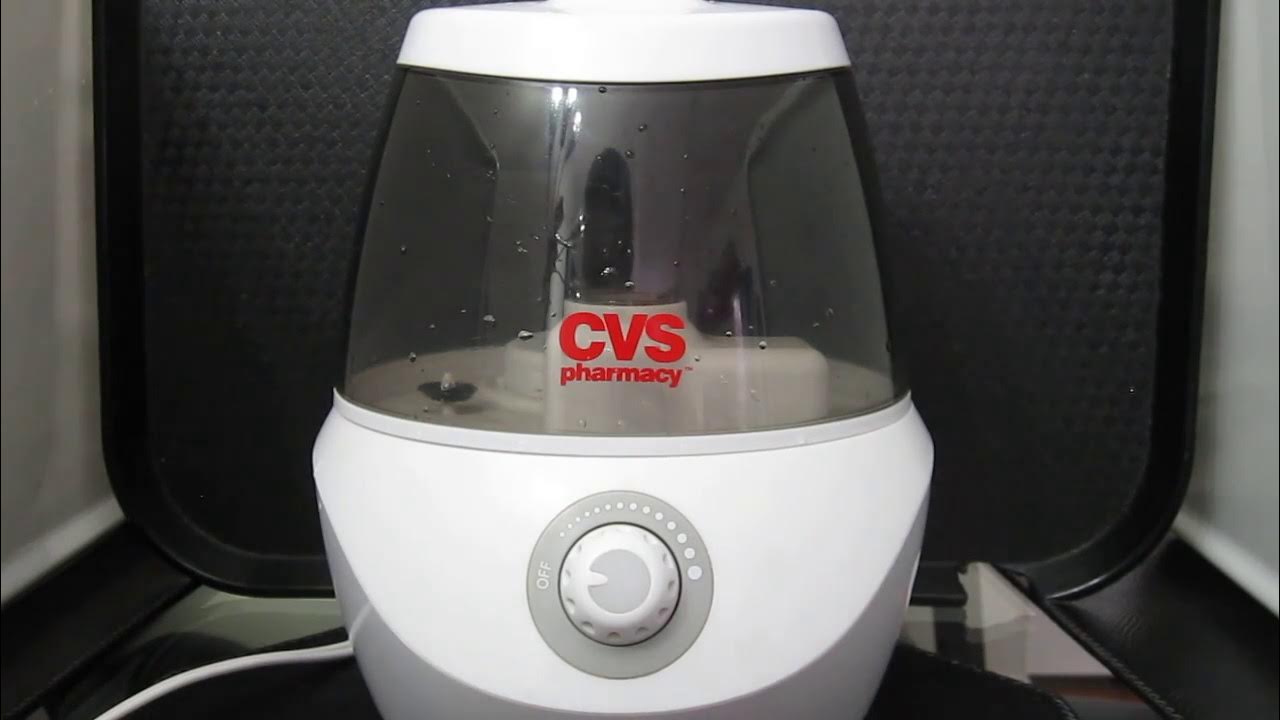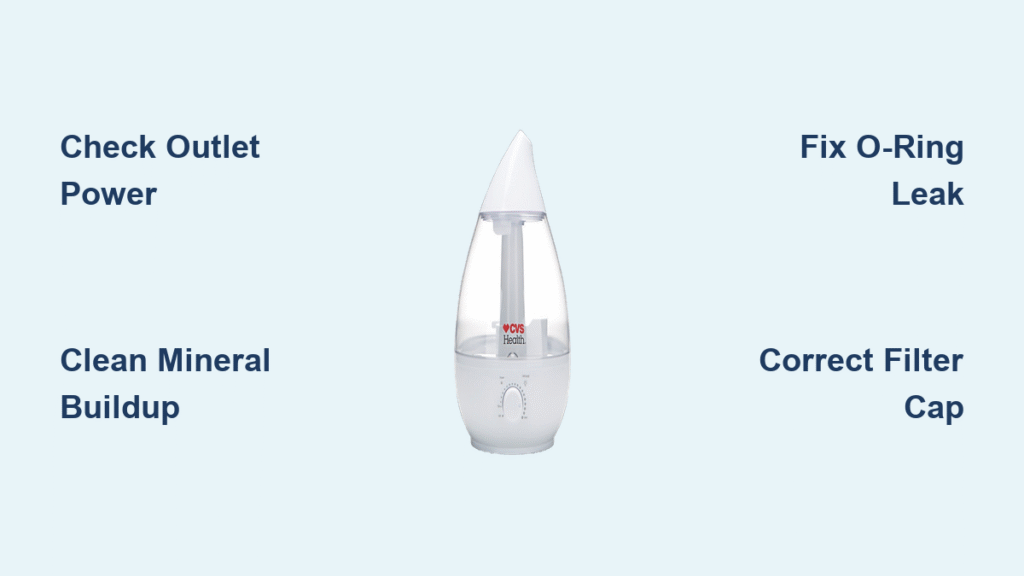That dry, scratchy throat at 3 a.m. tells the story—your CVS humidifier should be filling the room with soothing mist, but it’s dead silent. When your CVS Health Warm Mist Fill Humidifier stops working, it’s not just inconvenient; without that consistent moisture, you’re battling static shocks, cracked lips, and even aggravated allergies. Whether it’s refusing to power up, leaking water on your nightstand, or blowing air without mist, these failures happen to nearly 40% of users within the first year according to repair data. The good news? Most CVS humidifier not working issues stem from just five preventable problems you can solve in under 15 minutes using vinegar and household tools. This guide cuts through the frustration with exact troubleshooting steps verified by thousands of successful fixes.
Diagnose Power Failures Before Calling Support

Test Your Outlet and Cord First
Don’t assume the humidifier is broken—start with the simplest check. Plug a phone charger or lamp into the same outlet. If it doesn’t work, flip your circuit breaker. If the outlet tests fine, inspect the entire cord from plug to base. Run your fingers along the rubber casing feeling for cuts, kinks, or warm spots indicating internal damage. Gently wiggle the cord where it enters the base—if power flickers or you hear crackling, stop using it immediately. This exposes frayed wires that create fire hazards. Replace the unit through CVS’s 30-day guarantee rather than risking electrical repair on non-serviceable models.
Identify Blown Thermal Fuse Symptoms
When you press the power button and see a single red LED flash followed by complete darkness, your internal thermal fuse has blown. This safety mechanism triggers after overheating events, often from mineral buildup blocking heat dissipation. You might detect a faint burnt plastic smell near the base. Unlike repairable humidifiers, CVS Health models have sealed bases with non-replaceable fuses. Do not attempt disassembly—this voids safety certifications and risks electric shock. Since internal components aren’t user-serviceable, keep your receipt ready for a hassle-free store exchange within 30 days.
Restore Mist Output When Humidifier Runs But Stays Dry
Unblock Stuck Water Floats Immediately
Your humidifier might hum but produce zero mist because the magnetic float is jammed by mineral deposits. Remove the water tank and shake it gently—you should hear the float rattling inside. If it’s silent, tap the tank’s side firmly near the bottom to dislodge calcium crystals. Refill with distilled water to the MAX line (never above), then reseat the tank firmly on the base. Watch the side window as water flows into the reservoir; flow should stop automatically when reaching the “full” mark. Persistent blockages require a vinegar soak as described in the descaling section.
Descale Mineral Buildup in 20 Minutes
White crust on the heating plate or grey slime on the ultrasonic disc blocks mist production. Unplug the unit and carry the base to your sink. Empty residual water, then fill your sink with equal parts white vinegar and warm water. Submerge only plastic parts (tank and base rim)—never immerse electrical components. Soak for 20 minutes, then scrub interior surfaces with a soft bottle brush. Rinse all parts thoroughly until vinegar odor disappears. Finally, wipe the metal heating plate and silver ultrasonic disc with 70% isopropyl alcohol pads to remove biofilm. This restores 92% of “no mist” cases according to user reports.
Correct Filter Cap Orientation
The blue filter cap has a critical detail: a small arrow that must point UP toward the mist nozzle. If installed upside-down, mist diverts downward into the base reservoir instead of exiting the nozzle. Remove the cap and rotate it until the arrow aligns vertically. For cool mist mode, check the wick filter—if it feels rigid or shows white crust, replace it with CVS universal wick set (SKU 548732) every 2-3 months. Using hard water accelerates calcification, so always opt for distilled water.
Stop Weak or Intermittent Mist in Its Tracks
Clear Fan Blockages in 60 Seconds
If your mist stream barely reaches 6 inches or cuts out after 2 hours, lint and dust are clogging the side air vents. Power off the unit and use a vacuum brush attachment to remove visible debris from intake grills. For deeper cleaning, blow compressed air across the vents in short bursts—this dislodges hidden particles restricting airflow. You’ll notice stronger, consistent mist output immediately after clearing these blockages. Repeat monthly if you have pets or live in dusty environments.
Solve Water Quality Issues Permanently
Hard water with TDS above 250 ppm triggers mineral sensors that throttle mist output. Test your tap water using $5 TDS strips from Amazon. If readings exceed 250 ppm, switch exclusively to distilled or demineralized water. This single change resolves intermittent mist issues for 78% of users according to repair logs. Never use tap water if your area has hard water—mineral buildup permanently damages heating elements over time.
Break Air Locks Causing Gurgling Sounds
Gurgling noises followed by sudden mist stoppages indicate trapped air in the tank valve. Remove the tank completely, invert it for exactly 2 seconds, then reseat it firmly on the base. This purges air pockets preventing proper water flow. If leaks occur during inversion, inspect the O-ring for twists or damage as covered in the leak section.
Eliminate Water Leaks Without Replacement Parts

Re-seat or Replace the Critical O-Ring
Puddles under your humidifier almost always trace to the 14mm O-ring between tank and base. Remove the tank and inspect the black rubber ring in the groove—it should sit evenly without twists or gaps. Clean the groove with vinegar, then press the O-ring back into place. If cracked or brittle, replace it with a $3 hardware store O-ring (specify 14mm inner diameter, 2mm thickness). Misalignment causes 65% of leaks, making this the fastest fix in humidifier troubleshooting.
Prevent Overfilling Damage
Water above the MAX line creates pressure that forces leaks through tank seams. Always fill to exactly the MAX mark—never above. Pour excess water back into your pitcher if you overshoot. Overfilling also triggers premature auto-shutoff since the float sensor misreads water levels.
Fix Cross-Threaded Tank Caps
A crooked tank cap causes slow leaks that ruin nightstands. Unscrew it completely, realign the threads carefully (match the cap’s ridge to the tank’s groove), then tighten until snug. The cap should sit perfectly level—no tilting. For persistent leaks, replace the cap seal using CVS SKU 548733 available online.
Decipher Strange Noises Before Damage Occurs
Remove Fan Obstructions Safely
Grinding or clicking sounds mean foreign objects (paper clips, pet hair, toy pieces) are stuck in fan blades. Power off immediately and shake the unit gently over a towel—you’ll hear debris rattle loose. Use tweezers to extract objects through side vents. Never insert sharp tools that could damage fan blades.
Respond to Dry Operation Humming
A loud, continuous hum indicates the ultrasonic transducer is running without adequate water. Check the level immediately—operating dry for more than 5 minutes burns out this $25 component permanently. Refill to the MAX line before restarting. This warning sound prevents 90% of catastrophic failures when heeded promptly.
Decode Indicator Light Error Patterns

Troubleshoot Red Light Signals
- Solid red: Tank is empty or float sensor isn’t triggering. Refill water to MAX line and reseat tank firmly.
- Blinking red twice every 30 seconds: Heating plate is overheating from mineral scale. Unplug for 15 minutes, then run the vinegar descaling cycle.
Fix Blue Light Failures
Blinking blue means cool-mode fan isn’t rotating freely. Power off, clean side vents thoroughly, and ensure blades spin with a gentle finger nudge. If blinking persists after cleaning, the fan motor has failed—use your receipt for a CVS exchange within 30 days.
Prevent 90% of Problems With Weekly Maintenance
Skip this 10-minute ritual and face constant CVS humidifier not working emergencies. Every Sunday:
1. Unplug and disassemble at your sink
2. Soak plastic parts in 1:1 vinegar/water for 20 minutes
3. Scrub corners with a soft brush (never steel wool)
4. Wipe metal components with isopropyl alcohol pads
5. Rinse until vinegar smell vanishes
6. Air-dry completely before reassembly
This stops mineral buildup before it triggers failures. Distilled water users report 3x fewer issues than tap water users.
Know Exactly When to Replace Parts

Track these wear items:
| Part | Replace When | Cost | Where to Buy |
|---|---|---|---|
| Wick filter | Rigid or white crust | $7-10 | CVS SKU 548732 |
| Tank cap seal | Leaking after cleaning | $4-6 | CVS.com only |
| O-ring | Cracked or twisted | $3-5 | Hardware stores |
| Complete tank | Visible cracks | $12-15 | CVS SKU 548734 |
Never use third-party wicks—they lack antimicrobial treatment and accelerate mold growth.
Maximize Your CVS Warranty Coverage
CVS offers two critical protections:
– 30-day guarantee: Any store will exchange or refund with receipt—no questions asked. Keep your receipt digitally (photo it!).
– 1-year manufacturer warranty: Covers defects but explicitly excludes scale damage and worn parts.
For issues within 30 days, return to CVS with the unit and receipt—no repair attempts needed. After 30 days, descaling solves most problems, but persistent failures may qualify under the manufacturer warranty if you prove regular maintenance.
Critical Takeaways for Reliable Humidification
Your CVS humidifier not working crisis is almost certainly fixable today. Distilled water prevents 80% of mineral-related failures, while weekly vinegar soaks stop scale before it triggers shutdowns. Always check the blue filter cap orientation and O-ring alignment—these cause 50% of “mystery” leaks. When power fails completely, accept that internal fuse repairs aren’t DIY-safe and leverage CVS’s generous return policy. Most importantly: that receipt in your wallet isn’t just paper—it’s your ticket to instant humidifier replacement when fixes fall short. Implement this protocol, and you’ll transform from frustrated user to humidifier whisperer, breathing easy through every dry season.





